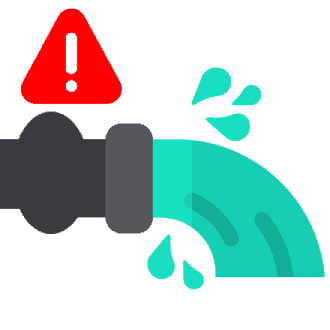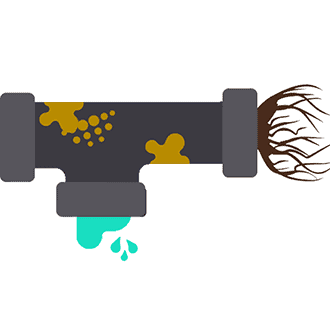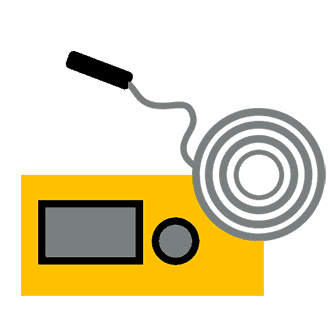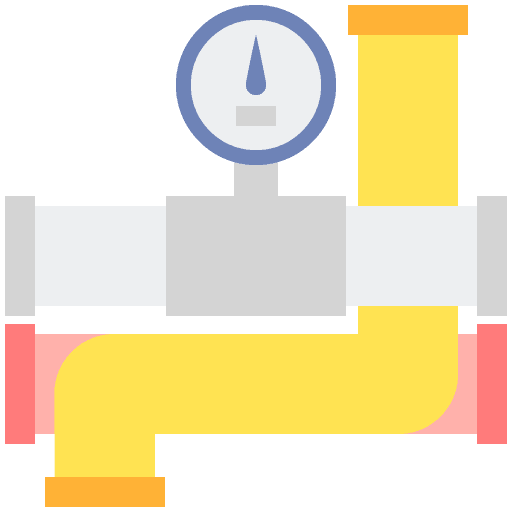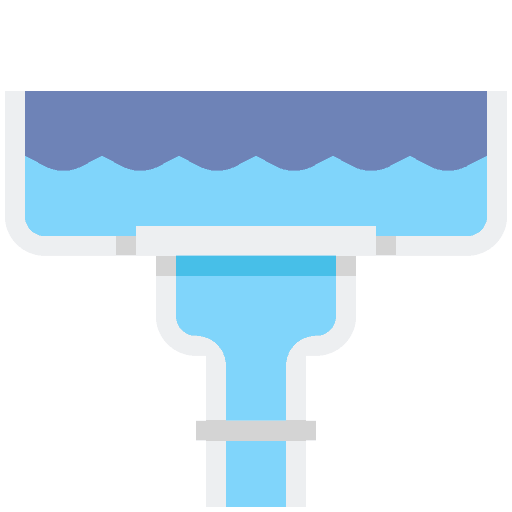Sewer Line Repair And Replacement Complete Guide
Serving Atlanta For Over 50 Years!
CALL NOW: (404) 984 2092
Sewer line repair and replacement isn’t the most interesting or easily digestible topic. (In fact, let’s just stay away from the word “digestion” altogether, shall we?) But that doesn’t mean it’s not an important topic, especially if you’re noticing some strange issues with your home’s plumbing.
Many people make the mistake of thinking they’ll just wait until they have a “real” plumbing complication on their hands before addressing sewer line problems. They figure that when the signs get bad enough, then they’ll call a plumber. The problem with this approach is you often end up waiting until the problem is so bad that you may have lost the chance to catch it while it’s still a minor repair. That costs you more time, more money and a lot more headaches.
It’s important to identify the signs when they’re still small, so you can call your plumber right away and address the issue before it leads to major inconveniences and possibly catastrophic consequences. Whether you think something is off or you know it is, it’s time to learn more today so you can take a proactive approach.
So what signs should you look for? Here are a few of the most telling signs you need a sewer line repair or replacement:
As the complete guide to sewer line repair and replacement, we can’t really proceed without explaining how the sewer works. Let’s make sure we cover all the bases.
Fresh water comes into your home through the water main, where it gets routed to faucets, dishwashers, washing machines, hot water heaters, toilets and other outlets for clean water. Once you use the water, it flows into your home’s sewer line. This is true both for graywater – the result of laundry loads or washing dishes in the sink – and for sewage. That, of course, is the contents of your toilet. Combined, these exit your home through the sewer main to the main municipal sewer system. Or, if you live off the main grid, into a septic tank.
When everything works well, you’ll never notice your sewer line. Toilets flush with no trouble, drains suck down liquid without complaint, water pressure is constant and so forth. However, if there is damage or obstruction to your sewer line, you’ll notice.
The Bad News: What a Sewer Backup Can Mean
Sewage is a serious problem in 21st century metropolitan life. Simply put, we’re producing more sewage than we can easily handle. Combined sewer overflows are an ever-greater problem in our cities. This is when the combined sewers, which handle raw sewage as well as storm water, overflow in response to rain events.
It’s not just storm water that can cause these overflows, however. Sanitary sewers – which don’t collect storm water at all, but rather just home, commercial and industrial wastewater – can overflow as well. The results are not as widespread as combined sewer overflows, but they prove just as damaging to human and environmental health. When raw sewage flows into streets and waterways, it can cause disease, contaminate drinking water, and poison fish and wildlife. That’s no good.
They can also lead to major costs. When your sewer backs up, you’re endangering your foundations and plumbing. You may experience raw sewage spilling into your home, ruining grout or carpet, furniture or fabrics. An overflow can also spill into the street, resulting in fines from the city. In some cases, it can break the pump. Sewage overflows also bring rats and other pests to the area, cause buildups of mold and mildew, and smell terrible.
Worst of all, this often isn’t covered by insurance (something you might want to speak with your agent about, btw). Turns out the maintenance of the sewer main, the line that runs between your house and the city’s sewer system, is your responsibility. This is often true even when that line runs under the street or public right of ways, so don’t take it lightly.
For more information on Sewer Back up, click here.
Roots in Sewer Lines, Aged Pipes and Other Line Problems
Many causes of sewer backups and sewer line issues exist. These include:
Tree roots in the sewer line is the most common issue leading to sewer line problems such as leaking, clogs and sewer backup. Having trees on or near the home property increases the chance of roots causing trouble with your plumbing system.
For more information on Roots in Sewer Lines, click here.
If you want to get to the bottom of sewer line problems, the quickest and easiest way to find the problem source and solution is to use a professional sewer camera. These devices can detect obstructions and leaks non-invasively to protect the pipes. Use of a sewer camera requires a trained plumber who knows how to feed the waterproof, lighted camera down the sewer pipe. The technician can then assess the video from the camera to identify the problem and come up with the right solution to get the plumbing system running optimally once again.
Sewer cameras eliminate the complicated and sometimes risky practice of blindly working on pipes without knowing what the problem is, or having to dig up the pipes for inspection.
For more information on Sewer Cameras, click here.
Whether a sewer camera discovers tree roots or other blockages, a sewer cleaning is the likely next step in the process. During a sewer cleaning, the technician uses a specialized plumbing tool designed to remove obstructions from the pipes.
Signs pointing to the need for a sewer cleaning include gurgling pipes, flooding around the home, slow drains or sewer backups. Even if you aren’t experience these problems now, experts recommend scheduling a sewer cleaning every other year as part of a smart plumbing maintenance plan. It’s possible to stop blockages that could lead to high-cost plumbing problems, such as sewer backups and floods, with a professional sewer cleaning.
For more information on Sewer Cleaning click here.
Sewer Jetter: One of the Top Solutions for Clogged Pipes
Professional plumbers know when it’s time to pull out the sewer jetter to take care of business. It’s the ultimate solution for stubborn clogs deep down in the pipes. Severe blockages call for this thorough cleaning with the jetter, which is a hydro-jet machine, using high-pressured water streams to push all tree roots and other obstructions out of the pipes and into the main sewer system.
Sewer jetters may use hot or cold water and different pressure levels to clean out clogs quickly and safely without putting the pipes at risk for damage.
For more information on Sewer Jetters, click here.
If you want to avoid digging up the ground around your home to replace sewer lines, trenchless sewer repair is the solution. Perhaps you want to maintain an attractive yard or maybe you have structures around the home preventing the dig-up. Either way, choosing to go with trenchless repair will allow you to get the sewer repair you need without all of the yard destruction.
Your technician will use one of two trenchless methods, pipe-lining or pipe-bursting, to install new lines. The process takes about a day and the sewer repair will often last a lifetime—50 to 100 years.
For more information on Trenchless Sewer Repair, click here.
The average homeowner needs to plan for sewer line replacement costs. While it isn’t a fun way to spend money, it is necessary to maintain a livable, safe home environment for you and your family members. You typically only know how valuable well-working plumbing is once you’ve experienced a plumbing nightmare. It goes without saying: don’t let it get to that point!
Sewer line replacements costs vary greatly, depending on the home’s location, age of the plumbing system, home design, type of replacement and more. There’s no cookie-cutter solution for sewer line replacement, which is why working with a trained plumbing company that delivers customized plumbing services is so important.
Your plumbing company will work with you to determine which of the three primary sewer line replacement methods (trenched, trenchless pipe-lining, or trenchless pipe-bursting) is right for your home’s unique situation.
For more information on Sewer Line Replacement Costs, click here.
Should You Address Your Sewer Line Issue Today?
In a word, yes. The words “sewer line issue” automatically flag that you have a serious problem on your hands. If you don’t take care of it quickly, it might balloon into a problem that costs you thousands of dollars, does structural damage to your home, ruins your garden or just makes life ghastly for weeks. Don’t let that happen when you could do something about it. In a nutshell, this means you have some phone-calling and appointment-making to do, so jump on it.
If you’re ready to learn more about sewer line repair and replacement, and you’re looking for a Midtown Atlanta plumber with more than 50 years of experience, you’ve come to the right place. Please feel free to contact us for a free quote or give us a call at (404) 984 2092 today. It’s time to go back to not thinking about that sewer line, so don’t wait to get in touch.
Atlanta sewer line issues have never been easier to resolve, thanks to the advent of video sewer inspections. To see the nature of the blockage and its location we send a tiny video camera down into the sewer line, informing us as to what we need to do to fix your sewer line.
Contact Form



